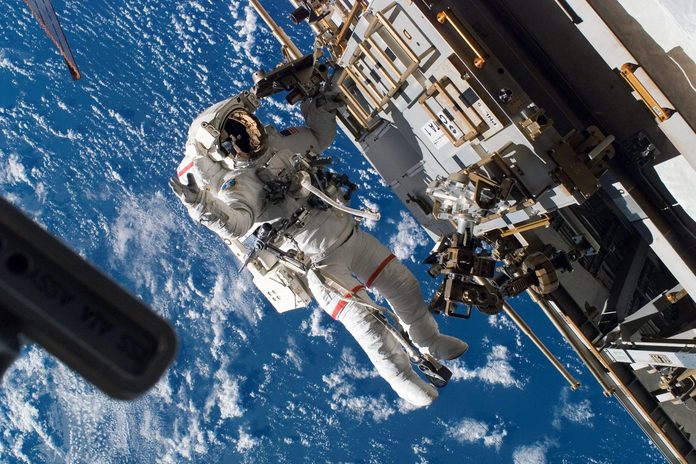
NASA has had more of an influence on your life than you may think. While their mission is space travel, some of their inventions have weaved themselves into our everyday life on Earth and have proven to be essential. Most of us will not make it to space in our lifetimes and there are so many unanswered questions about what it’s like to blast off into the universe. Even though we will never know firsthand what space smells like or what it’s like to look down on our tiny planet, you may have a small piece of space right there in your home with you that you didn’t know about.
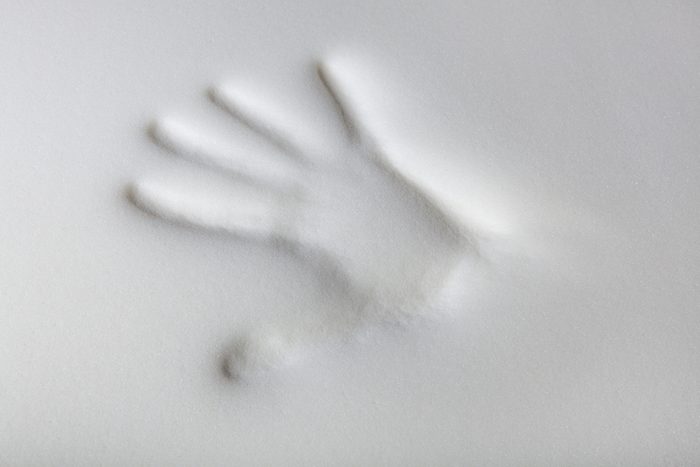
Memory Foam
You know the stuff inside of your mattress that makes sleeping in your bed infinitely more comfortable because it conforms to your body? That’s memory foam, which was developed by NASA in 1987. Despite being beloved by sleepers worldwide, memory foam was originally created by space program researchers looking for a way to keep their test pilots cushioned during flights. Check out these spooky and fascinating facts about the moon that you may not have known.
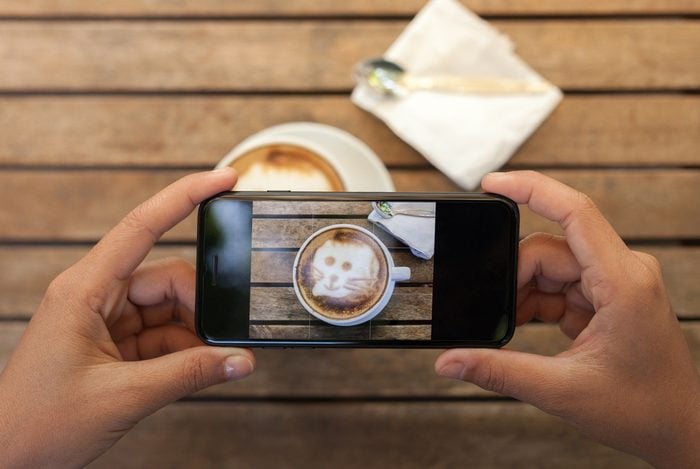
Digital image sensors
It was NASA who integrated digital image sensors into your smartphone camera, GoPro, and the DSLR that cost you an arm and leg. In the mid-1990s at the Jet Propulsion Laboratory in Pasadena, California, scientists discovered technology to build sensors that used less power and were easier to mass-produce than the methods of the time, helping usher in the world of digital photography. Don’t miss these 10 accidental discoveries that changed the world.
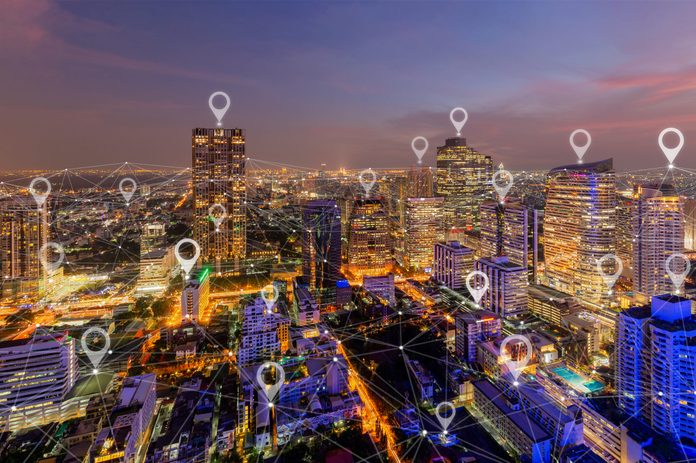
Precision GPS
You may remember a time when GPS was a little less than perfect at finding your position. Beginning in the mid-1990s, the Jet Propulsion Lab’s staff began developing precision GPS software that could correct those errors, which not only helps pilots and sailors, but phones, cars, and—believe it or not—self-driving farm equipment. Don’t miss the most baffling mysteries about the universe that will get you even more interested in what’s really out there.
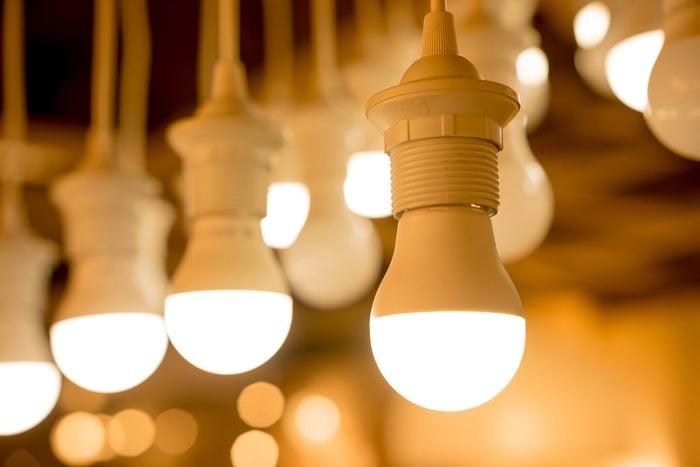
LED a.m./p.m. light bulbs
These dual-hued bulbs are designed to increase alertness during the daytime and dim when you should be winding down. In 2015, the National Space Biomedical Research Program had a team build a prototype, and found that different colors—or wavelengths—of light can help people stay alert or become drowsy.
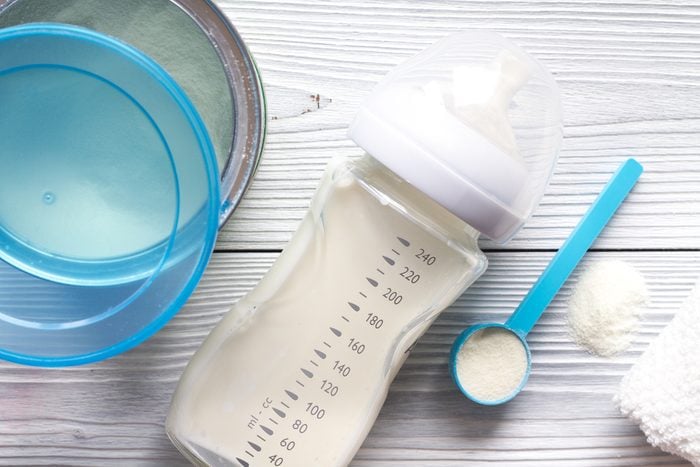
Healthier baby formula
While developing meal replacements for astronauts traveling to Mars, researchers stumbled on a form of omega-3 fatty acids previously only found in breast milk—and vital to infant development. Now the fat is added to more than 90 percent of infant formula on the market.
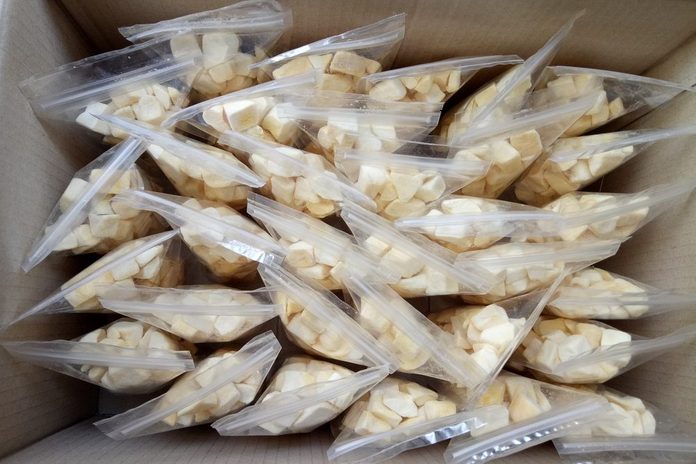
Food safety storage
NASA partnered with Pillsbury to create a new standard for safe and healthy freeze-dried foods that is now followed worldwide and benefits everyone. The standard extends storage life and reduces the risk of contamination from bacteria and chemicals. Find out which 7 foods are banned from space.
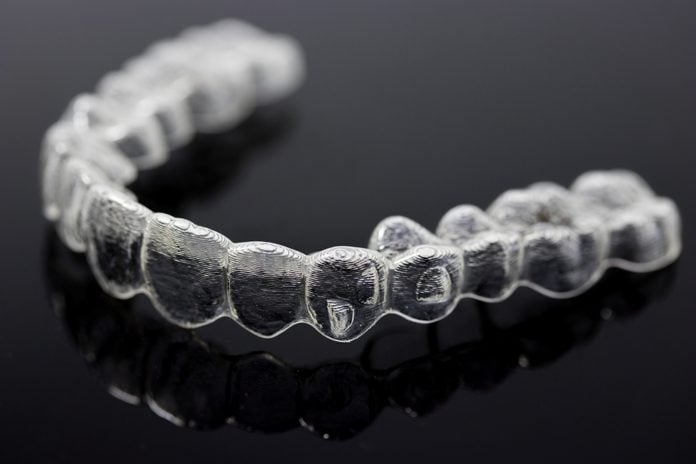
Invisible braces
You’re no doubt aware of Invisalign and the Direct Smile Club: Invisible braces are a great way to avoid being labeled Brace-Face. Thanks go to NASA, who helped develop the clear ceramic in a partnership with 3M Products.
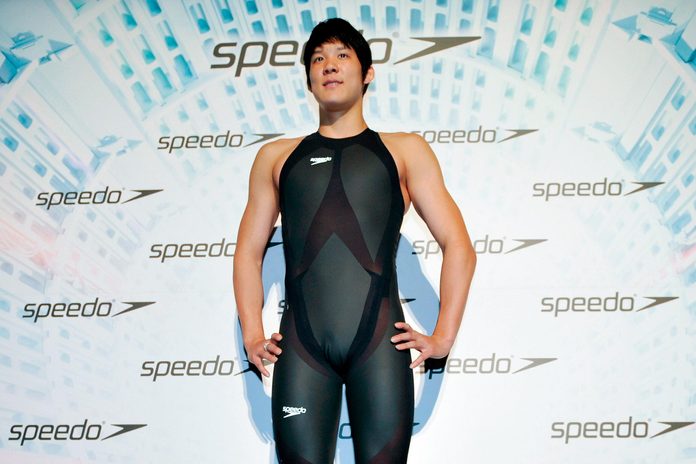
The Speedo LZR swimsuit
In 2008, NASA’s Langley Research Center helped Speedo test materials and seams in NASA’s wind tunnel for drag. The result was the Speedo LZR Racer swimsuit worn by numerous medal winners in that year’s Olympics, including Katie Hoff, who praised it for its sleek design.

Plant-air purifiers
A gas released by plants tends to build up in the closed-off environment of a space station. That’s why NASA scientists developed an ethylene scrubber for the International Space Station—and now the same technology is used by grocery stores to keep produce fresh longer and winemakers to avoid spoilage, among numerous other uses.
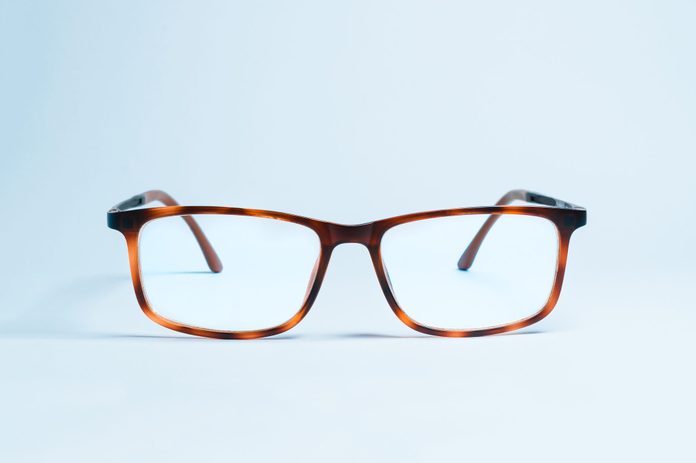
Scratch-resistant eyeglasses
Some of the first research into the eyeglass coatings we take for granted was done at NASA’S Ames Research Center to improve astronaut helmet visors and the membranes of water purification systems. In the 1980s, scientists applied the science to eyeglasses, goggles, sunglasses, and safety masks to provide protection and enhance colors.
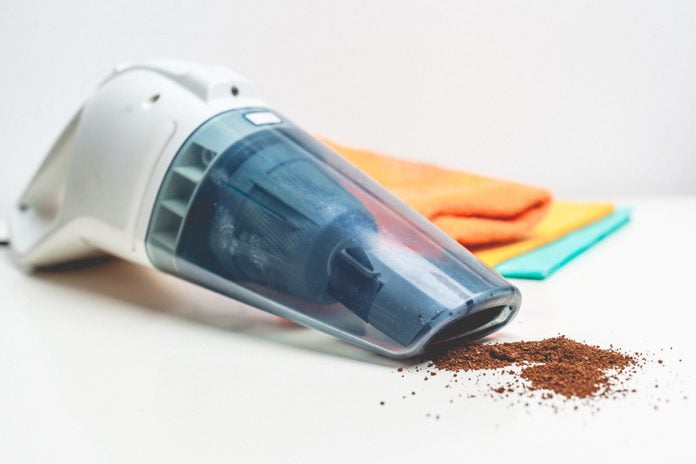
The Dustbuster
Everyone’s famous handheld vacuum comes courtesy of NASA, too, after the agency partnered with Black & Decker to build battery-operated tools for collecting samples from the moon’s surfaces during exploration. The device was so good at collecting samples—and so handy—that it was quickly adopted for use in hospitals, industry, and your home. From there, it was a quick step to hand-held cordless tools.
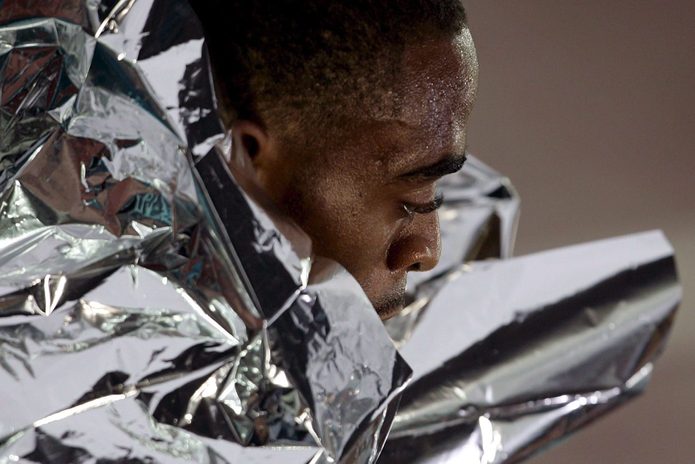
Space blankets
NASA’s space blankets save lives in the wilderness every year: They were first developed by in 1973 when the Skylab-3 Mission required a sun shield to insulate the satellite itself. Now they’re found in every decent emergency and disaster kit.
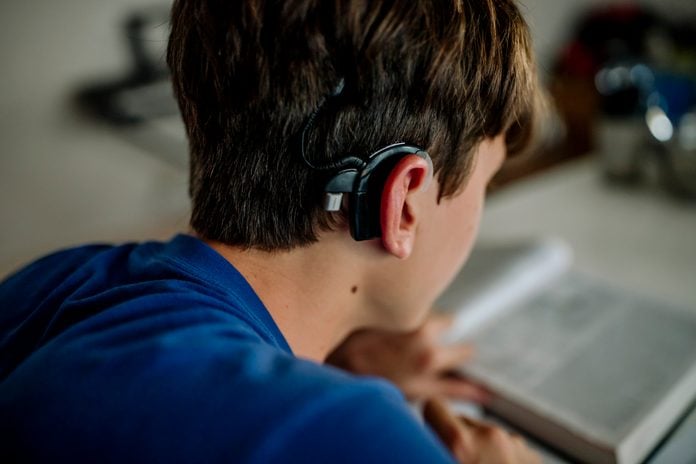
Cochlear implants
In the late 1970s, Adam Kissiah Jr., a hearing-impaired engineer stationed at NASA’s famed Kennedy Space Center was frustrated with the state of hearing aids; the devices could only amplify sound, not make it clearer. Kissiah tapped technological advances in electronic sensing systems, telemetry, and sound and vibration sensors to develop cochlear implants: These produce digital pulses to stimulate the auditory nerve endings and send clear, more definitive hearing signals back to the brain.
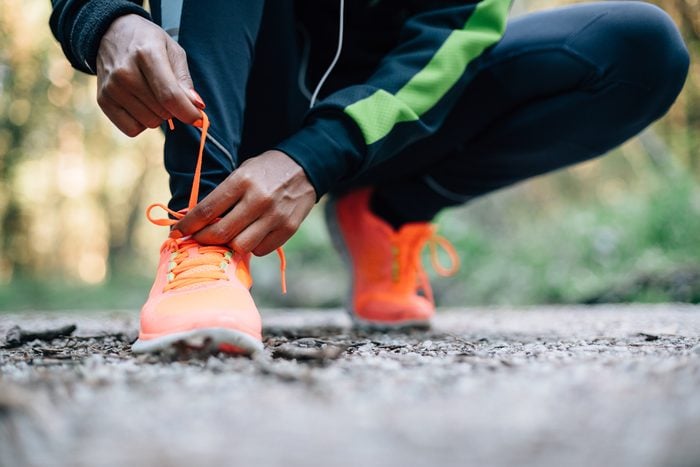
Sneaker cushioning gel
In an effort to lighten astronauts’ suits and equipment, NASA developed suits with blow rubber molding. Not only did the material shave the 30-pound suits by a third, but the fireproof material also became the basis for the soles of athletic sneakers. Make that one more big step for mankind.
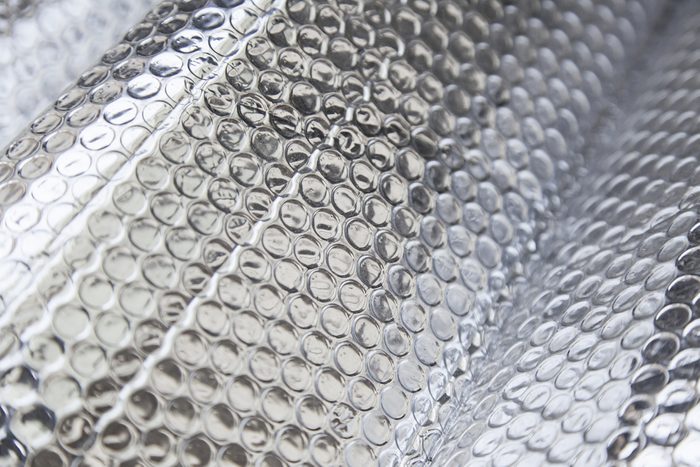
Radiant home insulation
Radiant barrier technology was developed by NASA over 40 years ago to normalize temperatures aboard spacecraft and stations. But it wasn’t until 2004 that it found a use in homes: Called Eagleshield, the barrier can be applied to increase the efficiency of home insulation, further reducing heating and cooling bills. Next, read up on the 24 astronomy facts you didn’t learn in school.
Sources:
- NASA: “Memory Foam”
- NASA: “Digital Image Sensors”
- NASA: “Precision GPS”
- NASA Spinoff: “Technology Transfer Program”
- NASA: “Enriched Baby Formula”
- NASA: “Food Safety Standards”
- NASA: “Invisible Braces”
- NASA: “Space Age Swimsuit Reduces Drag, Breaks Records”
- NASA: Air Purifier”
- NASA: “Scratch-Resistant, UV-Reflecting Lenses”
- NASA: “Dustbuster”
- NASA: “A Shining Example of Space Benefits”
- NASA: “Apollo’s Small Steps Are Giant Leap for Technology”
- NASA Spinoff: “Heating and Cooling Efficiency for Homes”
- NASA Spinoff: “Spacesuit Insulation Protects Personal Devices”